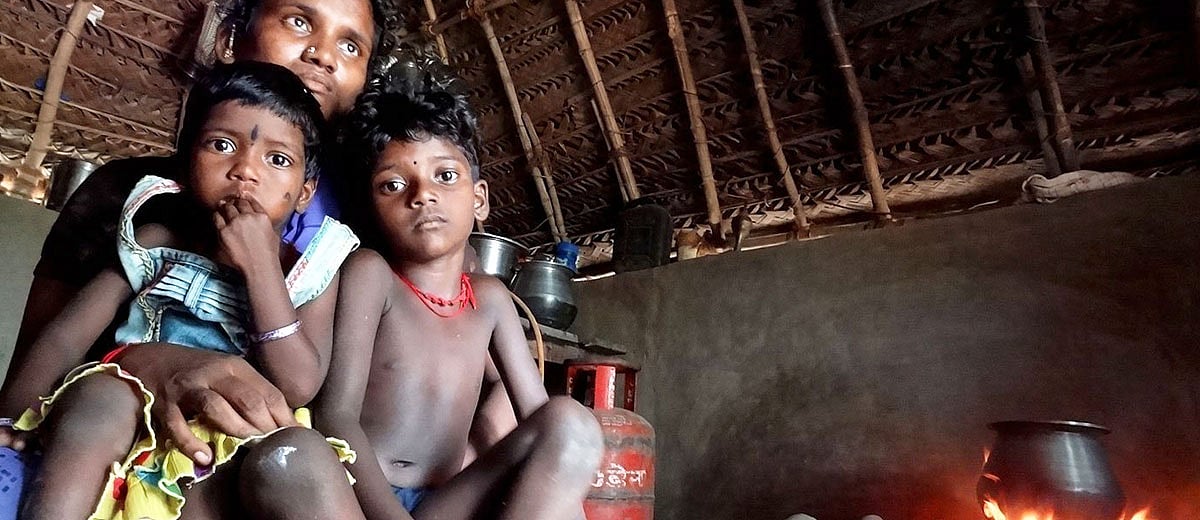With the Omicron variant, are we back to square one?
Evidence suggests there may be an increased risk of reinfection.
The new variant of the SARS-CoV2 (or B.1.1.529) virus was first detected on November 12, 2021, in South Africa. On November 26, the World Health Organisation designated it as a variant of concern and named it Omicron, after the fifteenth letter of the Greek alphabet.
Between the second and third week of November, the public health authorities observed a sudden spike in the case numbers, with the majority of infections being reported from the province of Gauteng (which includes major cities of Johannesburg and Pretoria), where the first cases were recorded.
The first Omicron infection in Europe was detected in Belgium on November 26. As of November 30, cases have been reported from all major European nations. Infections have also been reported in Botswana, Canada, Hong Kong, Japan, Brazil, Israel, and Australia.
Why it is a variant of concern
The primary reason for declaring Omicron as a variant of concern by the expert members of WHO Technical Advisory Group on SARS-CoV-2 is its potential to escape natural and vaccine-induced immunity due to the high frequency of mutations.
The variant was first detected in university students, an age group typically associated with mild disease. Physicians in South Africa have not reported any unusual symptoms compared to the past variants, and some of the patients were even asymptomatic.
The preliminary reports have also suggested increasing hospitalisation rates over the past two weeks in South Africa, but it is not clear whether this is due to earlier variants or Omicron. Evidence also suggests there may be an increased risk of reinfection with the Omicron in people who have been previously infected.
While researchers are trying to assess the transmissibility of Omicron, early speculation pegs it at two to six times compared to the Delta variant. It may take them a few weeks to accurately assess this through increased genomic surveillance.
How it is different
The new variant has thirty-two mutations that alter the spike protein, which generates a natural immune response and is also targeted by the vaccines. The early studies have reported three small deletions and one small insertion in the spike protein compared to the original strain, of which 15 variations are located in the receptor-binding domain, which is essential for the virus to enter the cells. It also carries several changes and deletions in other genomic regions.
The researchers have also found three mutations at the furin cleavage site, which increases the infectivity of the virus.
Testing kits
All the major companies manufacturing PCR test kits for SARS-COV2 have confirmed the sensitivity of the kits in detecting the new variant. The detection is based on the S-gene target failure of the PCR assays. The Omicron includes a 69-70del mutation of the S-gene, which was first detected in the Alpha, which causes a “dropout” of the S-gene target in PCR test results. The rapid antigen testing kits also accurately detect the virus; however, the variant cannot be singled out.
The treatment of patients detected with the Omicron will be done as per established protocols for previous variants. As per WHO recommendations, corticosteroids and IL-6 receptor blockers (Tocilizumab) will be prescribed for managing patients with severe Covid-19.
Will the vaccines be effective?
The efficacy of the current armamentarium of vaccines against the Omicron is currently being studied. It is being speculated that since the doses developed against the original SARS-CoV2 were effective against subsequently detected Beta and Delta variants, it is highly likely that they will also work against the Omicron.
On Tuesday, Dr Anthony Fauci, the Chief Medical Advisor to the US President, stated that the surge of protective antibodies after a booster shot would still likely be formidable against Omicron, helping to prevent severe illness, even though the vaccine was developed to fight off the original novel coronavirus.
The government of India has already issued new travel guidelines (effective December 1), including compulsory PCR for all passengers from “at-risk” countries (including the United Kingdom, all EU nations, South Africa, Brazil, Bangladesh, Botswana, China, Mauritius, New Zealand, Zimbabwe, Singapore, Hong Kong, and Israel). The passengers will not be allowed to leave the airport till their test results are available. If test results are negative, they will undergo a seven-day home quarantine and be re-tested on the eighth day. Those with positive test results will be isolated, and their samples will be sent to the INSACOG Labs network for genomic sequencing.
The government must continue implementing public health measures to reduce virus transmission, using risk analysis and a science-based approach. Additionally, this time should be used to reassess and rebuild the stocks of oxygen, drugs, and other essential equipment that were in acute shortage during the second wave earlier this year.
As of November 28, 78.46 crore (56.6 percent) of the population received at least one dose, while only 43.85 crore (31.3 percent) have been fully vaccinated. The vaccination drive has attained a steady pace, but additional efforts on part of the authorities are the need of the hour to get the remaining population to be fully vaccinated, to avoid another surge.
 Distress and death in the delta
Distress and death in the deltaNL Digest
A weekly guide to the best of our stories from our editors and reporters. Note: Skip if you're a subscriber. All subscribers get a weekly, subscriber-only newsletter by default.
